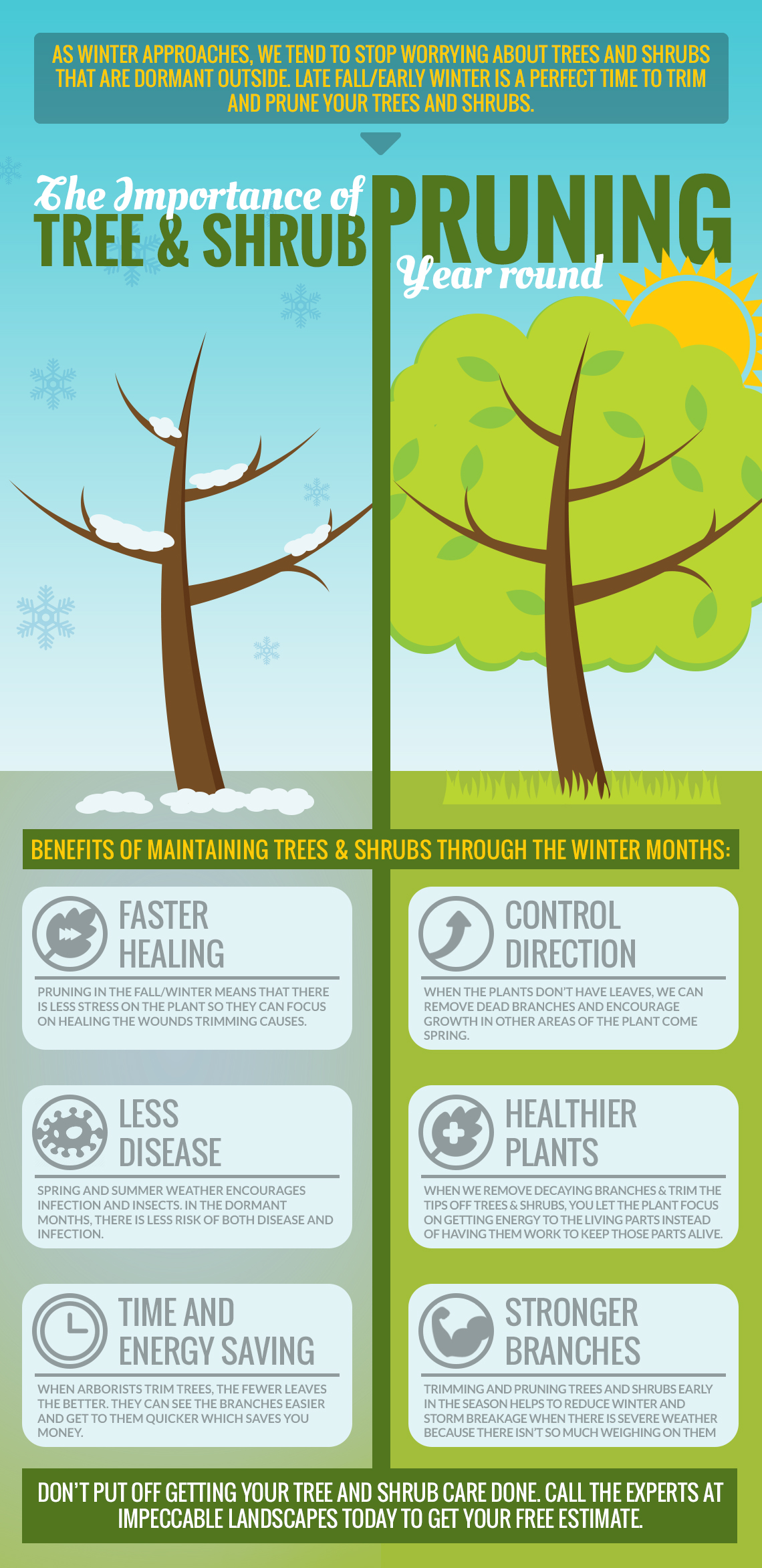Proper Timing And Technique In Pruning Can Change Your Trees-- Discover Techniques To Improve Their Development Prospective
Proper Timing And Technique In Pruning Can Change Your Trees-- Discover Techniques To Improve Their Development Prospective
Blog Article
Created By-Warren Bennetsen
When it concerns seasonal tree cutting, timing and technique are important for your trees' health and wellness and growth. You could be surprised at just how much an easy cut can encourage new life. Recognizing when to trim dormant trees versus flowering ones can make all the difference. But learn more 's not almost when; it's likewise concerning just how you do it. Allow's check out the best practices to guarantee your trees thrive.
Recognizing the very best Seasons for Tree Trimming
When's the very best time to cut your trees? The answer lies in understanding the seasons. Late winter months to very early springtime is often ideal, as trees are still dormant. https://charlielfavo.blogofchange.com/35897158/stump-grinding-vs-stump-elimination-which-selection-is-ideal-for-you lessens tension and advertises much healthier development when they awaken.
Nonetheless, if you're handling flowering trees, consider cutting right after their blooms fade. This ensures you won't cut off next year's flowers.
In summer season, light trimming can assist keep shape and remove any type of dead or infected branches. Stay clear of hefty pruning during fall, as trees are getting ready for inactivity and might struggle to heal.
Eventually, recognizing your tree varieties and local environment will guide your cutting timetable. Select wisely, and your trees will certainly thrive magnificently year-round.
Vital Trimming Techniques for Healthy And Balanced Trees
Trimming your trees properly is important for their health and wellness and longevity. Beginning by utilizing clean, sharp tools to make precise cuts, which helps protect against damages and disease.
Focus on removing dead, damaged, or crossing branches first; this motivates far better air flow and sunlight infiltration. When reducing, aim for an angle that advertises recovery and minimizes the threat of rot. Always trim simply outside the branch collar, the inflamed location where the branch satisfies the trunk, to enhance recovery.
For young trees, shape them by uniquely trimming to establish a strong framework. Finally, stay clear of over-pruning; eliminating excessive vegetation can stress your tree.
Common Mistakes to Prevent When Trimming
Several house owners make important blunders while trimming their trees, which can result in lasting damages.
One usual mistake is over-pruning, where you remove way too many branches at the same time. This can stress the tree and hinder its development.
An additional error is making use of dull tools; sharp, clean tools make cleaner cuts that heal much faster.
Do not fail to remember to prune at the incorrect time of year; winter is frequently best for several types, while summertime is excellent for others.
Also, avoid reducing branches also close to the trunk or leaving stubs, as both can invite bugs and diseases.
Finally, falling short to step back and analyze the tree's total shape can cause uneven development.
Keep these errors in mind for much healthier, growing trees!
Final thought
In conclusion, seasonal tree cutting is critical for your trees' health and growth. By pruning at the correct times-- late winter for inactive trees and right after flowers for flowering ranges-- you'll urge vivid vegetation and blooms. Remember to make use of tidy, sharp tools and adhere to correct methods to stay clear of damages. Prevent heavy trimming in the fall and remain clear of typical mistakes. With these suggestions in mind, you'll keep your trees flourishing throughout the year!
